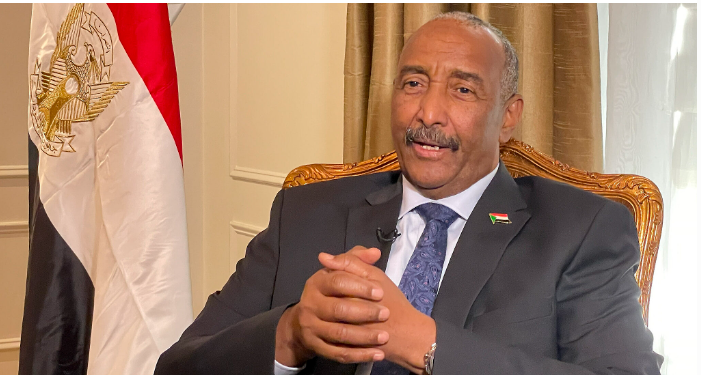
The Sudanese Ministry of Irrigation and Water Resources issued a stark warning on Friday, alerting residents along the Nile to dangerous fluctuations in water levels. Officials reported a sharp decline in the Roseires and Khartoum sectors, while waters between Khartoum and Kajbar continue to rise at alarming speed.
Authorities urged riverside communities to take urgent precautions to safeguard lives and property amid fears of sudden and destructive developments. The warning follows a devastating flood season that has left swathes of northern, southern, and central Sudan reeling from severe destruction.
Experts linked the surging Nile waters to the Grand Ethiopian Renaissance Dam, which has unleashed torrents into Sudanese territory in recent weeks. Entire villages have suffered immense damage, with fragile infrastructure crumbling and families losing homes, land, and livelihoods with little response support.
The International Organization for Migration reported the displacement of about 100 families after September 30 floods struck Jebel Awlia’s Shaqilab and Taiba areas. These families, stripped of shelter and stability, now endure dire conditions, reflecting both inadequate housing resilience and a faltering humanitarian response.
On October 1, Wadi Halfa’s Local Emergency Room issued a separate warning, calling residents to vigilance against further surges along the Nile. While such alerts demonstrate local awareness, they also expose Sudan’s broader lack of coordinated national strategies against environmental and hydrological threats.
Climate change and regional water politics are compounding these dangers, transforming the Nile from a source of life into a force of peril. For riverside communities, each shift in the river’s flow carries the weight of uncertainty, demanding resilience amid fragile safeguards and urgent need.




